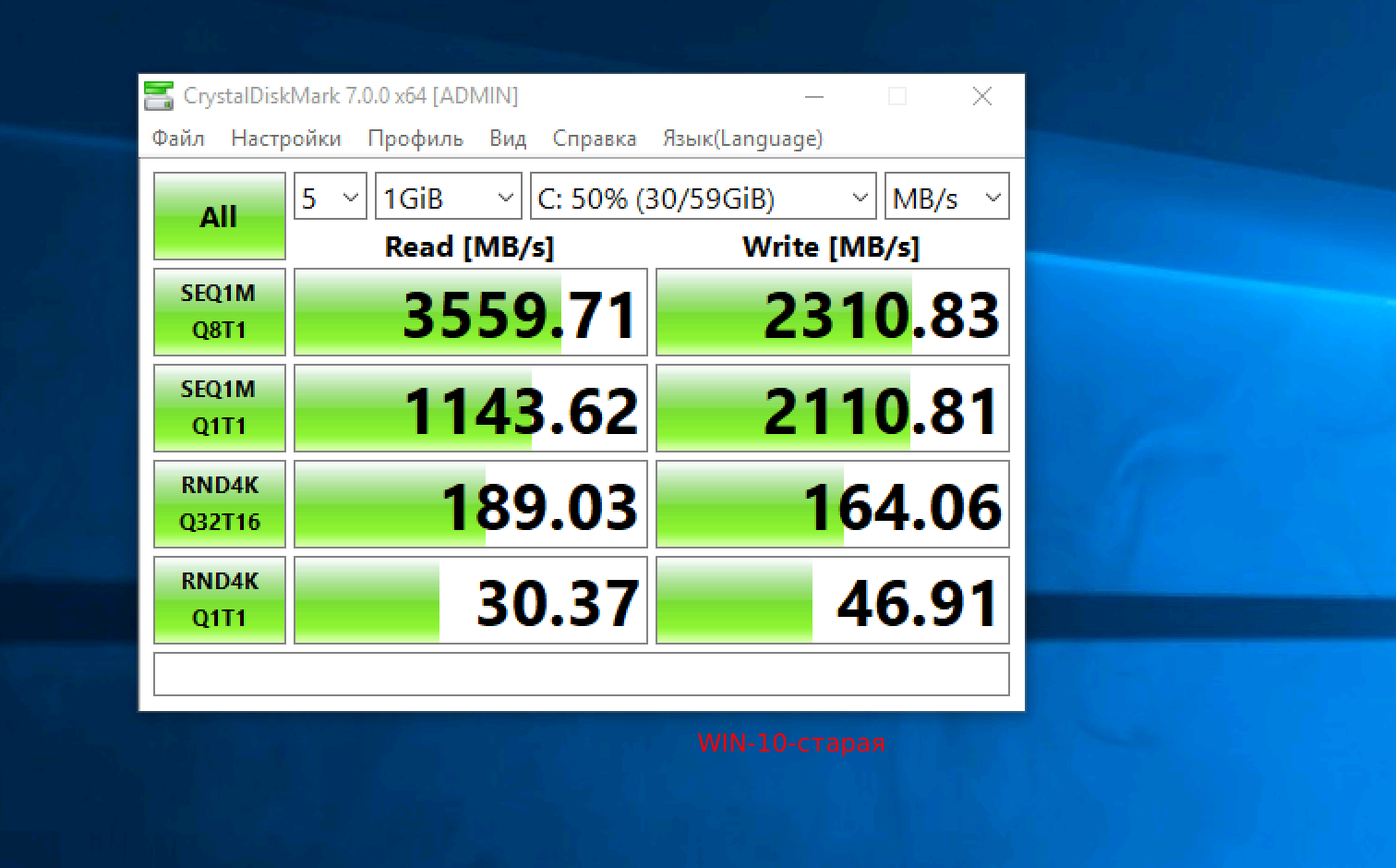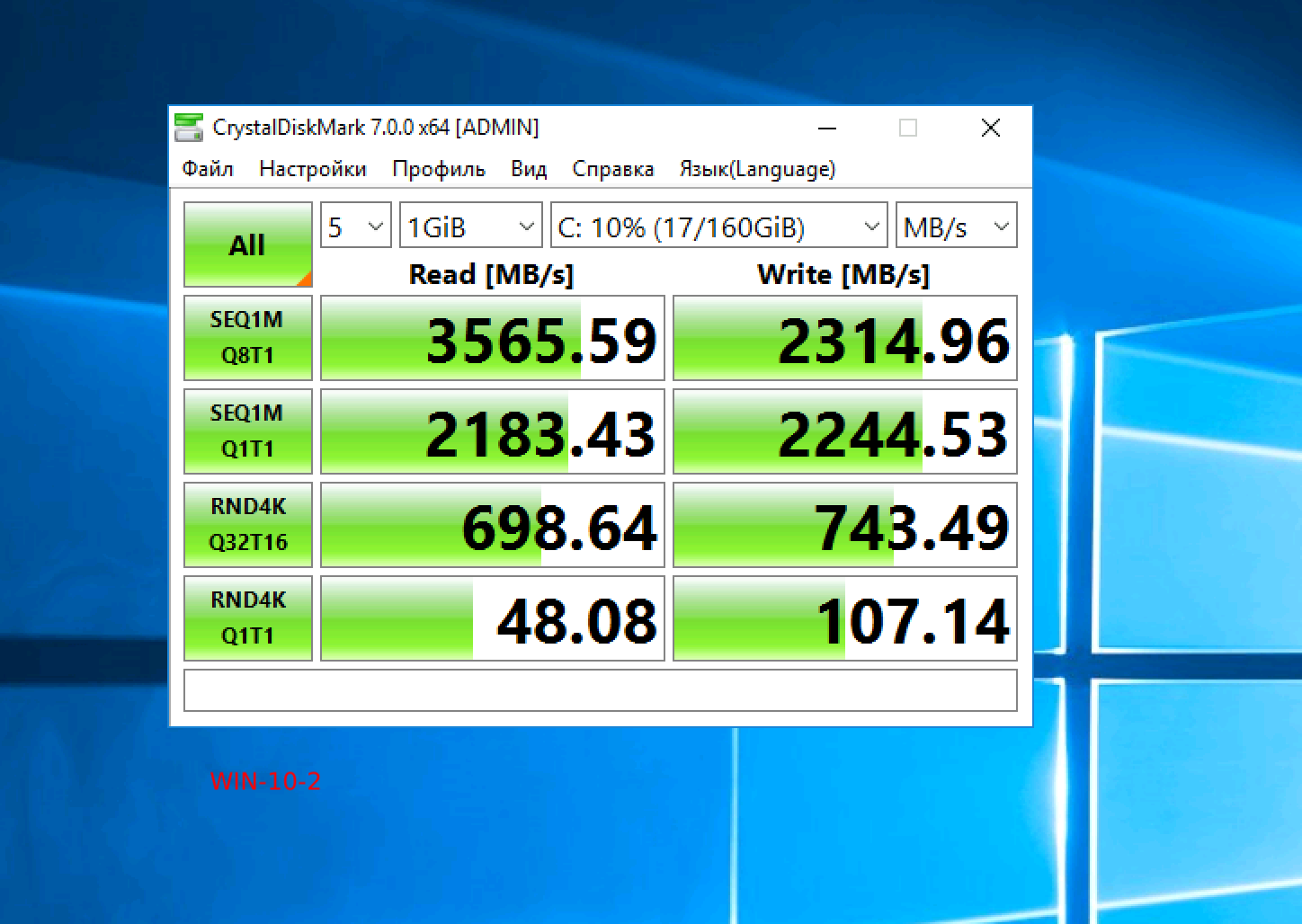Answer the question
In order to leave comments, you need to log in
Disk performance degradation of older VMs in KVM. TRIM or what?
Host:
OS Archlinux. KVM, qemu.
NVMe M2 Samsung 970 PRO.
Virtualka on it Win10. Disk qcow2. VM disk prodsystem caching is disabled in VM settings (virt-manager).
After six months of use, I decided to drive the crystal drive with Mark. And I noticed that the indicators are much worse than they were immediately after the installation of the VM.
Installed a new clean VM (WIN-10-2) nearby, on the same physical disk. And crystaldismark showed much better results.
Trim in the Windows VM, as I understand it, is enabled:
fsutil behavior query DisableDeleteNotify
NTFS DisableDeleteNotify = 0 (Отключено)
ReFS DisableDeleteNotify = 0 (Отключено)

Answer the question
In order to leave comments, you need to log in
Your dd on the host will only check for linear reads, especially for hdd drives, and you seem to be fine with that.
A possible reason for the drop in speed is qcow2 fragmentation, recreate (if there are snapshots, then you need to think if it’s possible) the container like this
qemu-img convert -p -O qcow2 source.img destination.imgTrim in the Windows VM, as I understand it, is enabled:You understand correctly.
Didn't find what you were looking for?
Ask your questionAsk a Question
731 491 924 answers to any question